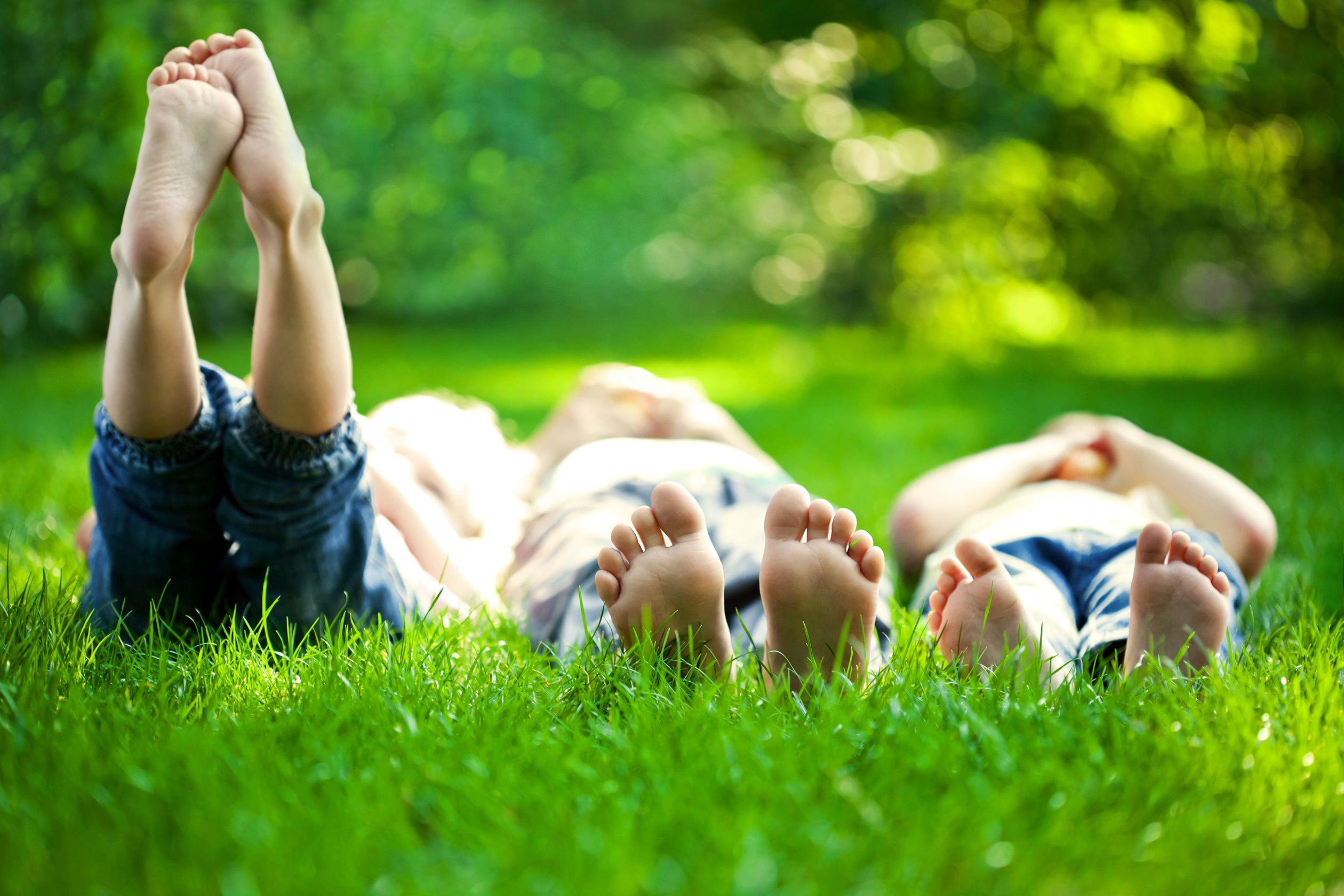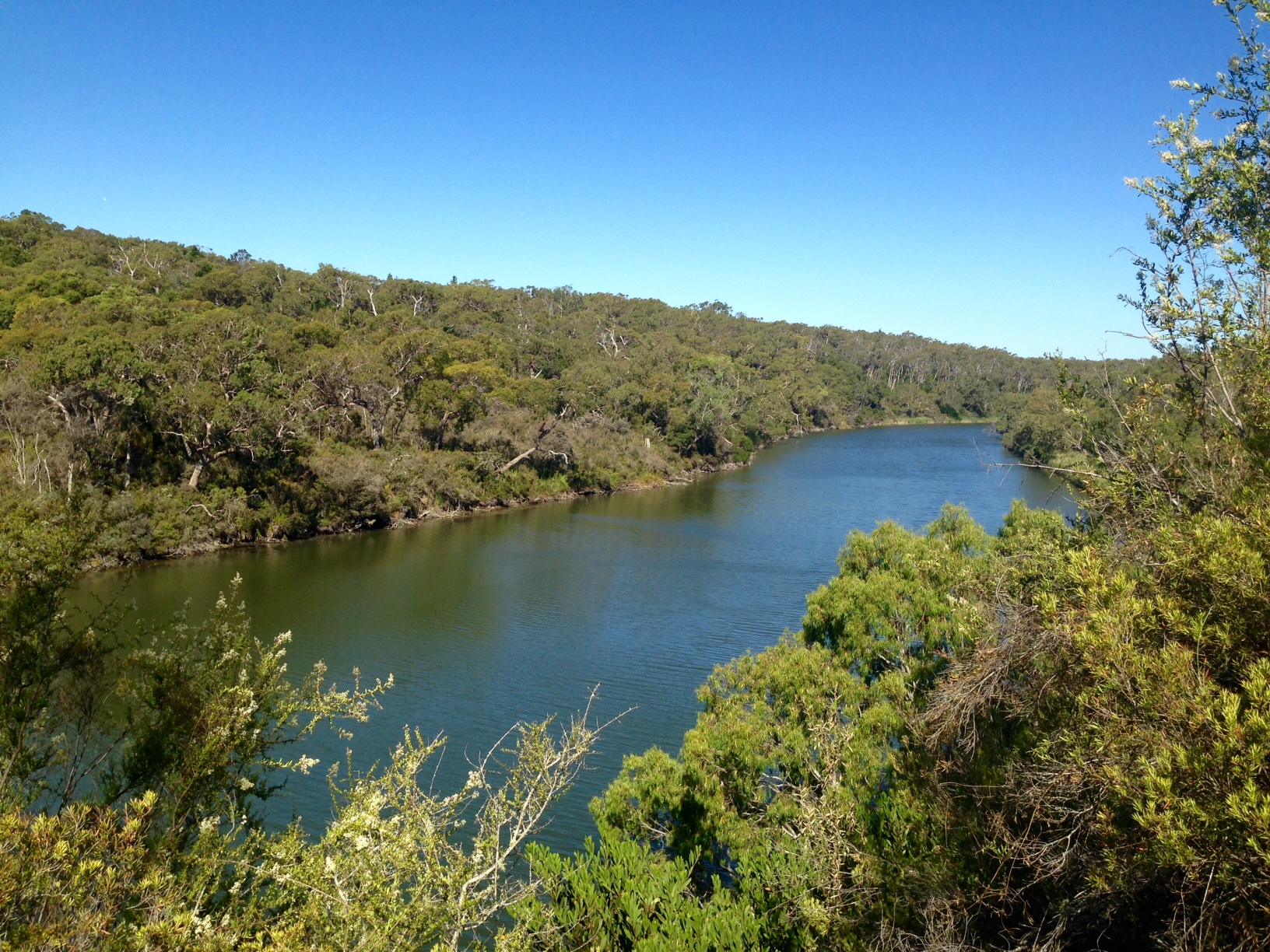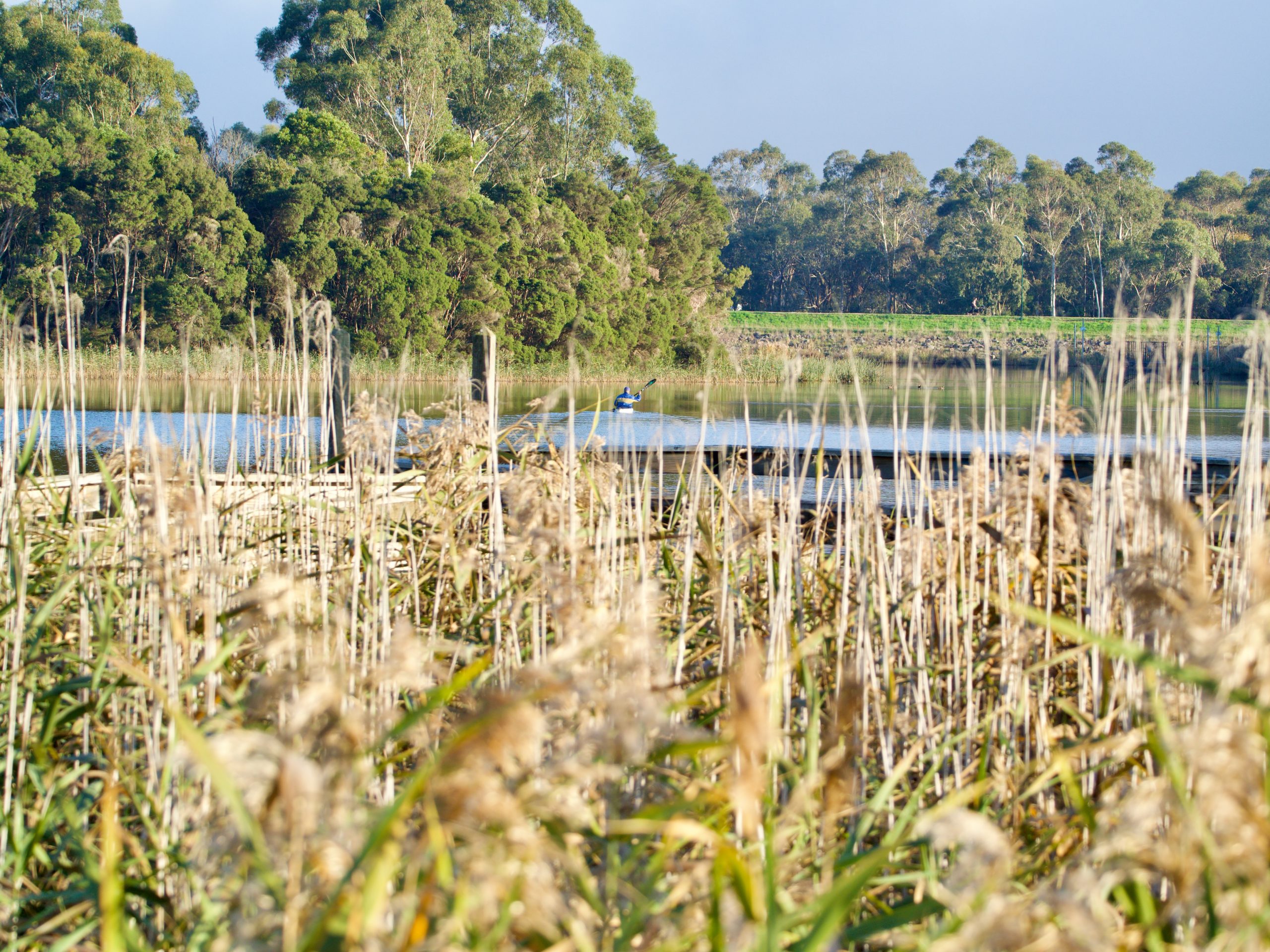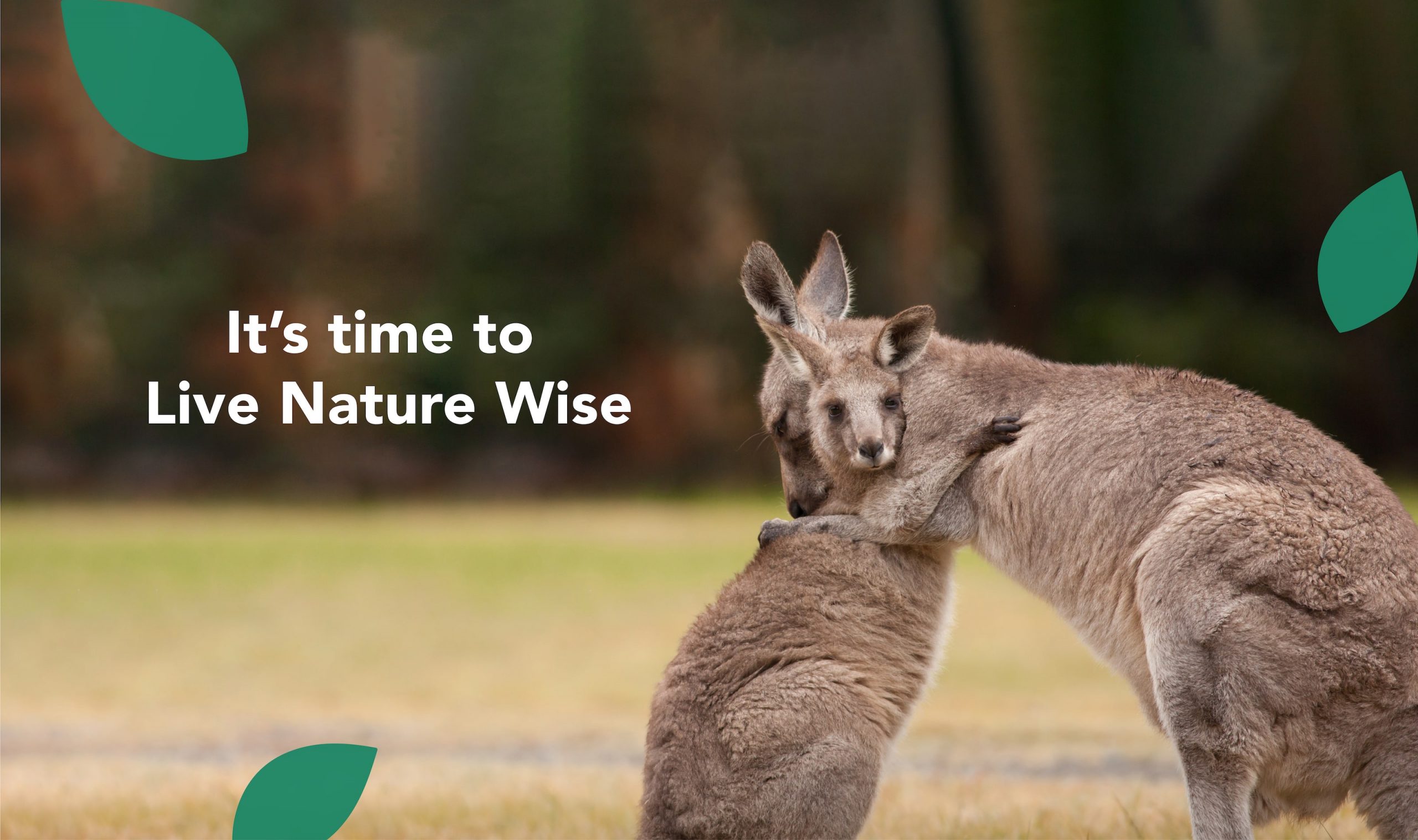Live Nature Wise
Introduction
Healthy Humans Need Healthy Habitats
“It’s time to remember that we humans are not apart from nature, we are a part of nature. Just like koalas, we need thriving eucalyptus forests. And just like the platypus, we need healthy, unpolluted waterways. We all need clean air to breathe.”
– Alison Hill, Managing Director of the People and Parks Foundation
Established by the People and Parks Foundation, Live Nature Wise is an innovative, evidence-based program that:
- connects people to nature for health, wellbeing, and social connection outcomes
- supports people to better value and care for nature
An Australian first, Live Nature Wise aligns with global trends, recognising nature assets as health and wellbeing assets. This involves shifting our perspective on our access to nature and treating it as a health equity issue.
The People and Parks Foundation has established Live Nature Wise to champion our vision of a world where everyone understands that a healthy environment is essential to healthy human life.

Live Nature Wise encourages and supports people to get out of the house and into nature spaces and places, both near and far, no matter if they’re homebodies or intrepid nature explorers.
The core concept of Live Nature Wise is the Nature Dose. When we talk about the concept of the Nature Dose, we’re really talking about the health and wellbeing benefits that an intentional, multi-sensorial connection with nature, including caring for nature, gives us all. When we notice the nature around us through all of our senses, our immersion is deepened, and our Nature Dose strengthened – we are all living more nature wise.
Multiple research studies have determined that spending at least 2 hours per week in nature is associated with good health and wellbeing. Getting a regular Nature Dose is a key step to living more nature wise.
Remember – the deeper the green, the deeper the Nature Dose!

Photo courtesy of: Meredith Lamb
Why contact with nature is important
Responding to current health and environmental concerns
Australia is simultaneously experiencing multiple health and environmental crises. At the core of these is our prevailing modern way of life – urbanised, indoors, sedentary, and fundamentally disconnected from nature. To thrive, we need to live differently. We need to Live Nature Wise.
Health in crisis
COVID-19 saw the world battle against a zoonotic virus pandemic that we’re still fighting the impacts of to this day. Even prior to the pandemic, health and wellbeing levels in Australia were poor, especially for those from disadvantaged and marginalised groups. For example, despite ongoing investments and effort, only a fraction of Australians meet physical activity guidelines, and our national obesity rate has doubled in the past decade. Additionally, there are currently more than four million Australians suffering from mental health issues. Pre-COVID, one in four Australians felt lonely, and at the height of the pandemic loneliness became acute. Lonely Australians have worse physical and mental health and are more likely to be depressed.
Relevant Australian statistics:
An estimated 1.2 million Australians (4.9% of the total population) had diabetes in 2017–18.
An estimated 1.2 million Australians (4.9% of the total population) suffered from obesity in 2017–18
In 2017-18, 3.2 million Australians (13.1%) had an anxiety-related condition, an increase from 11.2% in 2014-15. One in ten people (10.4%) had depression or feelings of depression, an increase from 8.9% in 2014-15
An estimated 1 in 3 (33%) Australians reported an episode of loneliness between 2001 and 2009
Environment in crisis
Australia is one of seven countries responsible for more than half of global biodiversity loss. We are experiencing widespread environmental decline, driven in part by large corporations continually encroaching on nature. Climate change not only exacerbates the risks to nature, but takes a significant toll on human health, wellbeing, and global economies. We are in an unprecedented race against the clock; a race to preserve biodiversity, a race to achieve resilience, a race to integrate nature into urban infrastructure, and a race to achieve zero carbon emissions.
The good news
The pandemic lockdowns and restrictions increased the value people place on their time outdoors and in nature settings. There is now increased public recognition that spending time in nature feels good, encourages exercise, helps protect mental health and builds a sense of community. On top of this, in 2022 the UN declared that having access to a healthy environment is a human right. There’s never been a better time for us to collectively build on our awareness of spending time with nature, and appreciate the immense value it can bring to our quality of life and wellbeing.
This means remembering that none of us are apart from or above nature. We are a part of nature, in fact, we are nature. We affect nature and we are affected by nature.

Human Benefits of connecting with nature
The central concept of Live Nature Wise is the Nature Dose. A Nature Dose is a multi-sensory mix of contact with nature – whether it’s sight, smell, touch or sound. The “dose” can range from frequent “micro-doses” (a daily stroll through leafy streets) to less frequent “deep immersions” (going on bushwalking trips a few times a year).
The Nature Dose concept is based on the growing body of evidence illuminating the health and wellbeing benefits of contact with nature. Hundreds of scientific studies have shown how spending more time in nature has mental and physical health benefits for children and adults. In fact, the World Health Organisation (WHO) has gone on record to say that ‘nature is our greatest source of health and well-being’.
World Health Organisation: Urban green space interventions and health: A review of impacts and effectiveness.
“Urban green space is a necessary component for delivering healthy, sustainable and liveable cities. Interventions to increase or improve urban green space can deliver positive health, social and environmental outcomes for all population groups, particularly among lower socioeconomic status groups. There are very few, if any, other public health interventions that can achieve all of this, and especially the impact on active lifestyles, mental well-being and social interaction is frequently highlighted as a key benefit.”
Overall, studies have shown that in order to enjoy sustained benefits, our exposure to nature needs to be regular, repeated and ongoing. It’s been shown to benefit everyone at every age, from children to elders, and everyone in-between.
Studies confirmed that physical health benefits of connecting with nature include;
- Increase in physical activity
- Decrease in obesity rates
- Decrease in Diabetes
- Decrease in hypertension (high blood pressure)
- Improved sleep
- Improved immunity
- Improved birth outcomes
- Decrease in myopia (nearsightedness)
- Decrease in Asthma
Additionally, the mental health benefits of connecting with nature include;
- Decrease in depression
- Decrease in stress and anxiety
- Improved ADHD symptoms
- Increased focus and Attention Restoration properties
- Increased sense of wellbeing, self-concept and resiliency
Useful resources
For a fun and interactive way to understand the health benefits of connecting with nature, check out PARx Canada’s Why Nature? page. With infographics and bite-sized facts and figures, this website is a great way to teach children about the benefits of spending time with nature, as well as linking to important research on the additional environmental health benefits.
In 2021, the Royal Botanic Gardens Victoria published Nature for health and wellbeing – A review of the evidence. This review was commissioned to better understand and harness global studies about the relationship between nature, health, and wellbeing. It has a particular focus on adult mental health.
NatureFix worked alongside Macquarie University to develop a report for their Nature Wellness Living Lab, a program on campus to test the wellbeing effects of nature. The initiative tested the effects of the NatureFix app, which facilitates spending time with nature, on wellbeing elements like vitality and emotional regulation.
Evidence-based guidelines for greener, healthier, more resilient neighbourhoods: Introducing the 3–30–300 rule is a 2022 study providing guidelines for promoting the benefits of ‘viewing green’, ‘living amongst green’, and having easy access to green spaces for recreational use. The ‘3–30–300 rule’ refers to having at least 3 trees in view from every home, school, and place of work, at least 30% tree canopy in every neighbourhood; and no more than 300m to the nearest public green space from every residence.
If you’re a healthcare professional, you can find additional information about the benefits of Nature Dosing here.
Live Nature Wise components
Live Nature Wise combines multiple ground-breaking initiatives which come together to generate Nature Doses and create positive change for individuals and the community.
The People and Parks Foundation Nature Locator: Use this data-rich, interactive web tool (currently in development) to learn about, share, and find nature and nature-based activities.
Nature Scripts: What if you were prescribed a dose of nature? This green social prescribing intervention targets preventable disease, mental ill-health and social isolation.
NatureWise at School: This program raises awareness and opportunity within schools and the broader school community, about the benefits of ‘Nature Dosing’ and to deliver increased access and connection to nature within school campus, curriculum, culture and community, including caring for nature.
#NaturePact Campaign: We’re all part of nature, and nature connects, heals, and sustains us all. Each year in September, we invite everyone to join us and make a pact to spend more intentional time connecting with nature. We invite people from all walks of life to share their experiences connecting with nature – both online and IRL.
Live Nature Wise also aims to achieve wider social benefits by influencing the systems that address health, nature and social disadvantage. Our work aims to address the larger frameworks in place that impact communities and community health.

Live Nature Wise: Defining Nature
We’ve come up with some useful terms to help define the nature we can connect with and care for all around us:
Nature Places > very large, natural places that are minimally interrupted by modern human practices, e.g. National Parks, Protected Areas
Nature Spaces > range from large, self-sustaining nature areas including multiple habitats, trees, shrubs and grasses, e.g. parks, reserves, botanic gardens through to small nature spaces created and cared for by people, e.g. backyards, nature strips/verges, veggie patches, indoor pot plant garden, fish tank
Nature Samples > singular elements from nature, e.g. pot plant, essential oil, rock, water feature, pet!
Nature References > replications referencing nature, e.g. art, photography
Nature Up Project: A project designed to enhance natural assets. Creating and/or improving green spaces in the community reduces the urban heat effect and creates more shade and provides healthy habitats for biodiversity, including humans.